Replacing dart shafts is a straightforward process that significantly impacts your game. This article will guide you through the steps involved in replacing dart shafts, covering everything from choosing the right replacement to ensuring a secure fit. We’ll also explore related aspects of dart maintenance and equipment care.
⚠️ Still Using Pen & Paper (or a Chalkboard)?! ⚠️
Step into the future! The Dart Counter App handles all the scoring, suggests checkouts, and tracks your stats automatically. It's easier than you think!
Try the Smart Dart Counter App FREE!Ready for an upgrade? Click above!
Before we dive into the specifics of replacing dart shafts, let’s clarify a few key points. Firstly, understanding why you need to replace your shafts is crucial. Are they broken, bent, or simply worn down? Identifying the reason will help you choose the appropriate replacement. Secondly, the type of dart you own—whether it’s steel-tip or soft-tip—will determine the type of shaft you need. Steel-tip darts generally use aluminum shafts, while soft-tip darts use nylon or plastic shafts. Choosing the right shaft is paramount for optimal performance.
Replacing Dart Shafts: A Step-by-Step Guide
Replacing dart shafts is a simple process once you understand the basic steps. Here’s a detailed guide to help you through it:
- Gather Your Supplies: You’ll need your darts, new shafts, and possibly a pair of pliers (if the old shafts are particularly stubborn).
- Remove the Old Shafts: Gently grasp the old shaft with your fingers and carefully pull it away from the dart barrel. If it’s resistant, use pliers to gently grip the shaft without damaging the barrel. Avoid using excessive force, as you risk damaging your dart barrel or injuring yourself.
- Inspect the Barrel: Before installing the new shafts, check the barrel threads for any damage or debris. Clean them if necessary.
- Install the New Shafts: Carefully align the new shaft with the threads on the barrel and twist it firmly into place. Ensure a secure fit; it should be snug but not overly tight. If it’s too loose, consider checking for the correct shaft size compatibility.
- Repeat for Each Dart: Repeat steps 2-4 for each of your darts, ensuring consistency in the tightness of the shafts.
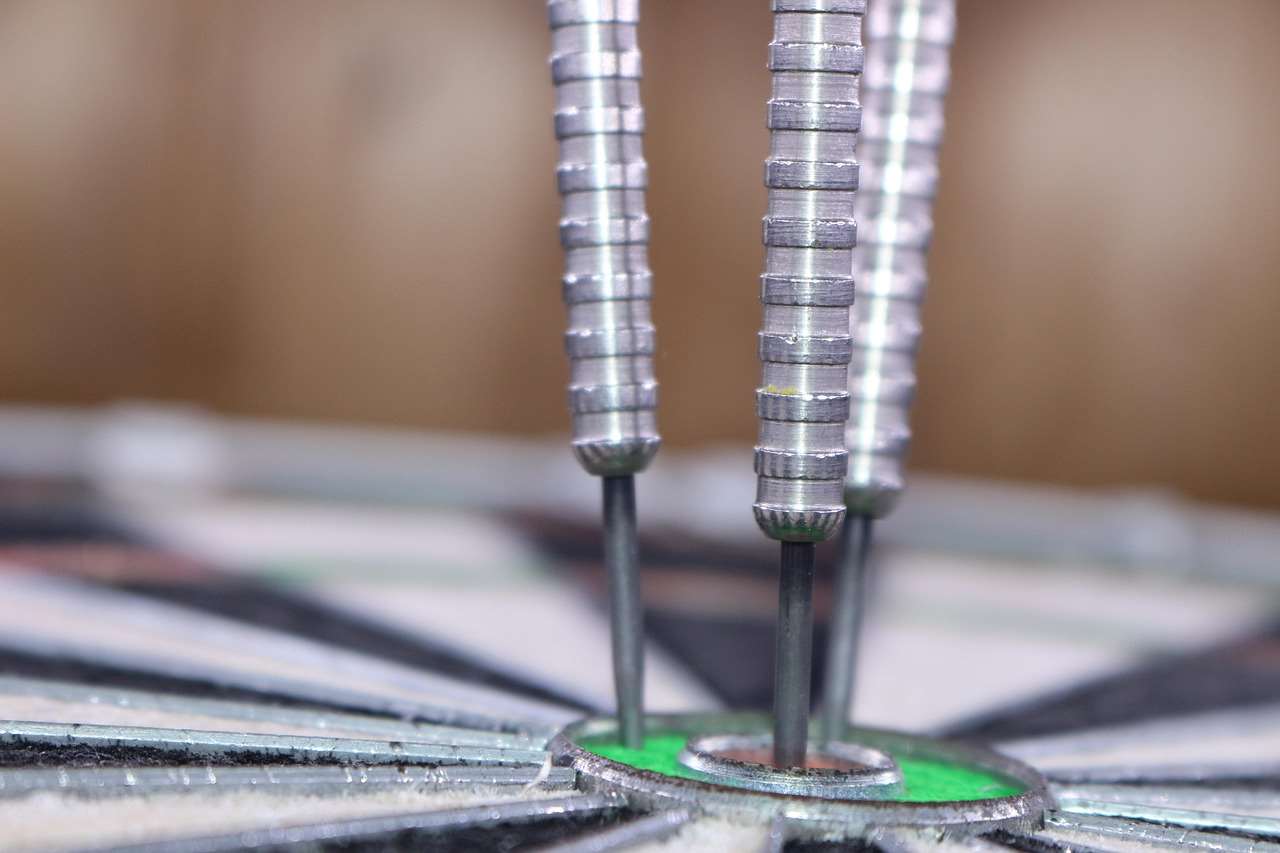
Remember that proper shaft installation is vital for maintaining your dart’s balance and flight. A loose shaft can lead to inconsistent throws and frustrating missed shots. Conversely, an overly tight shaft can damage the barrel threads, making future shaft replacement even more difficult. Practicing proper technique is key.
Choosing the Right Dart Shafts
The market offers a wide variety of dart shafts, each with its own features and benefits. Understanding the different types of dart shafts is crucial for making the best choice for your playing style. Factors such as material, length, and weight all contribute to your dart’s overall performance.
Material:
- Aluminum: Typically used in steel-tip darts, aluminum shafts offer excellent durability and strength.
- Nylon/Plastic: Commonly found in soft-tip darts, nylon or plastic shafts are lightweight and flexible, making them suitable for various playing styles. They tend to be more prone to breaking than aluminum shafts.
The material you choose should align with the type of dart you use. Using the incorrect material can lead to compatibility issues and potentially damage your darts. For example, using aluminum shafts on a soft-tip dartboard will likely damage the board.
Length and Weight:
The length and weight of your dart shafts affect its balance and flight characteristics. Experimenting with different shaft lengths can significantly impact your throwing accuracy and consistency. Learn more about dart shaft length and barrel grip to further optimize your game.
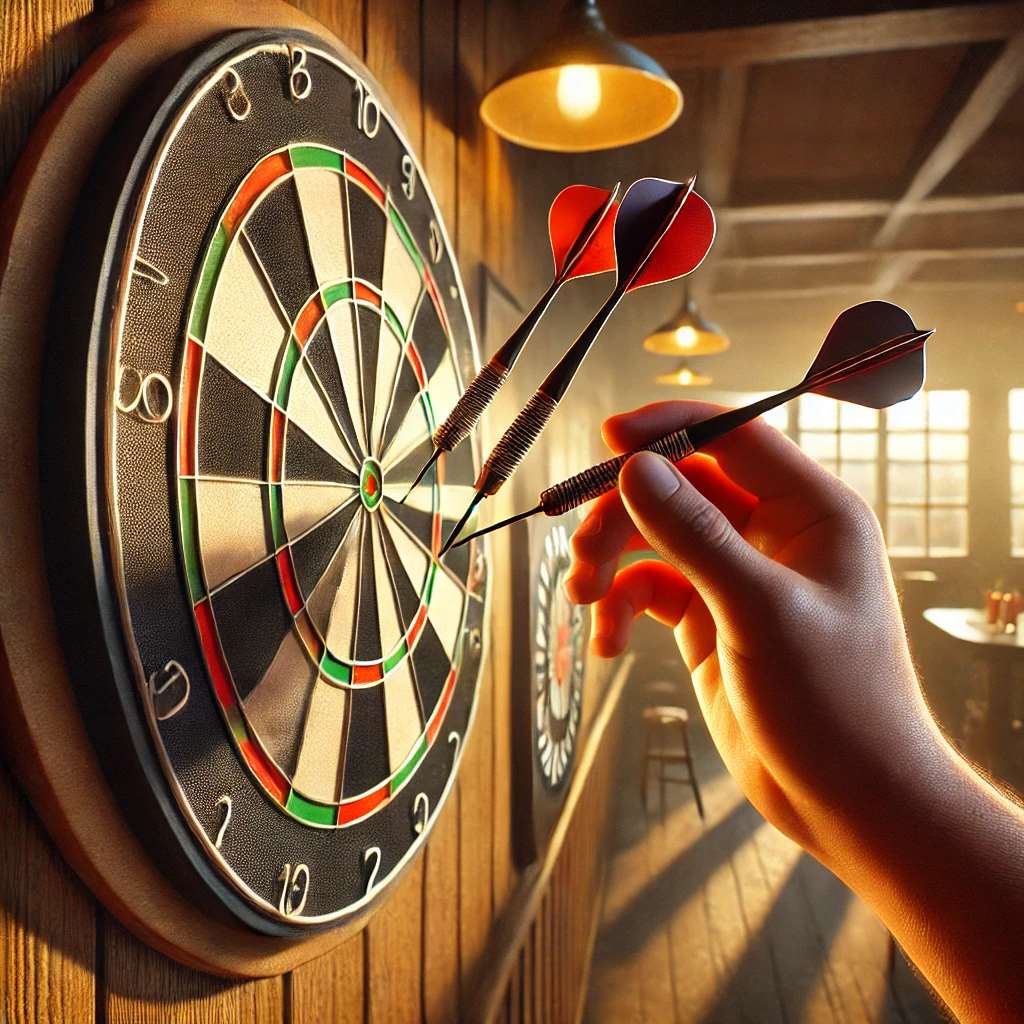
Consider your personal preferences and throwing style when selecting the length and weight of your shafts. Some players prefer longer shafts for improved control, while others prefer shorter shafts for faster release. There’s no one-size-fits-all answer; experimentation is key.
Troubleshooting Common Issues When Replacing Dart Shafts
Even with careful attention, you might encounter some issues while replacing your dart shafts. Here are some common problems and their solutions:
Stripped Threads:
If the threads on your dart barrel are stripped, you may have difficulty installing the new shaft. In such cases, you might need to consider replacing the entire dart, rather than just the shaft. Attempting to force a shaft onto stripped threads could cause further damage. Check out these dart equipment troubleshooting tips and tricks for more comprehensive advice.
Loose Shafts:
If the new shafts feel loose, even after tightening, double-check for compatibility. Ensure you’re using the correct shaft size for your dart barrels. Sometimes, the threads might need a gentle clean to ensure a proper fit.
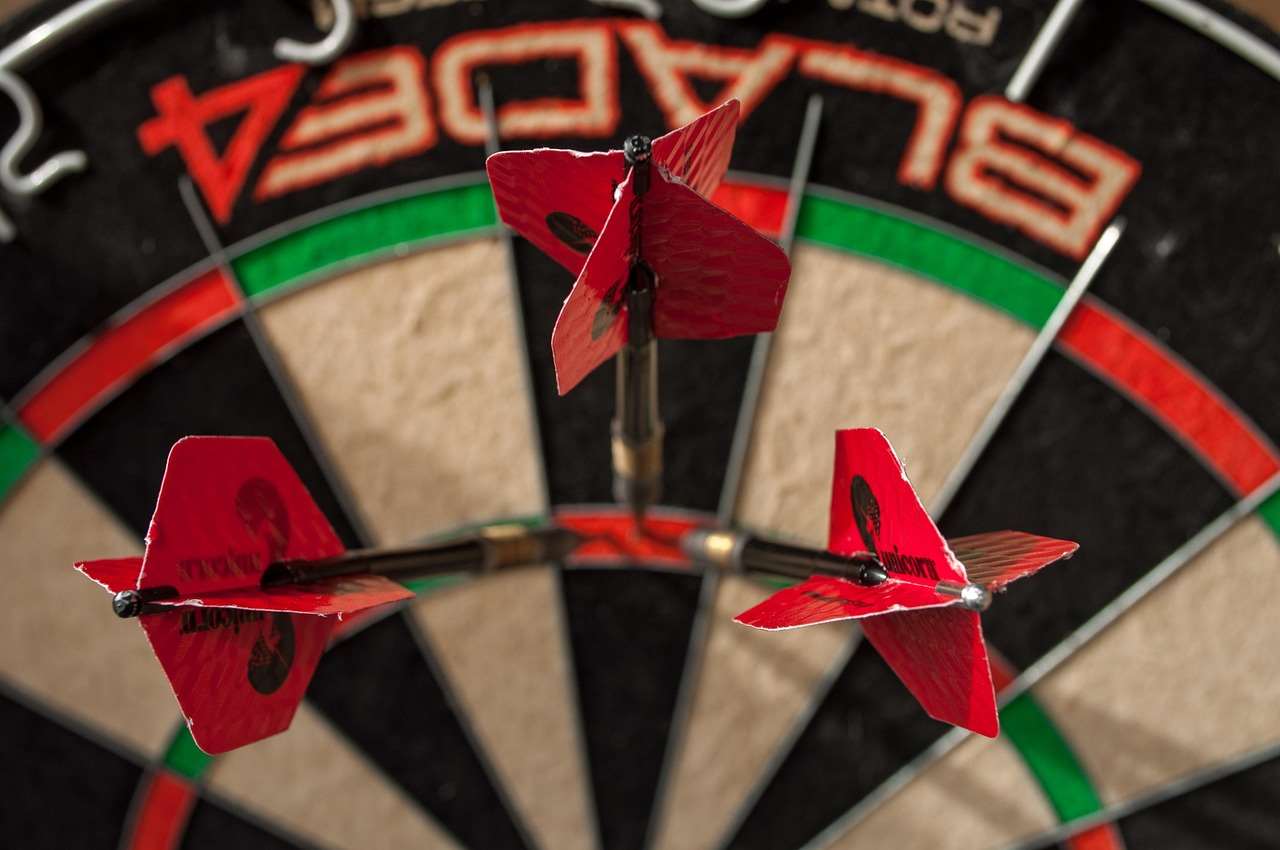
If you continue to experience difficulties, consult online resources or seek advice from experienced dart players. There are plenty of online communities where you can find solutions to specific problems. You could also refer to this online dart equipment troubleshooting report for additional help.
Maintaining Your Darts: Beyond Replacing Dart Shafts
Replacing dart shafts is just one aspect of proper dart maintenance. Regular cleaning and inspection of your entire dart setup—including the barrels, flights, and shafts—will extend their lifespan and improve performance.
Cleaning your darts after each use helps to remove dust, dirt, and sticky residue that can affect their flight. Consider storing your darts in a case or protective container to prevent damage and maintain their shape. Proper care of your darts goes a long way towards ensuring they remain in optimal condition for many games to come.
Regularly checking your darts for wear and tear is also vital. This includes inspecting the shafts for any signs of bending, cracking, or damage. Addressing these issues promptly will prevent further damage and prolong the life of your equipment. Proactive maintenance will save you money and frustration in the long run.
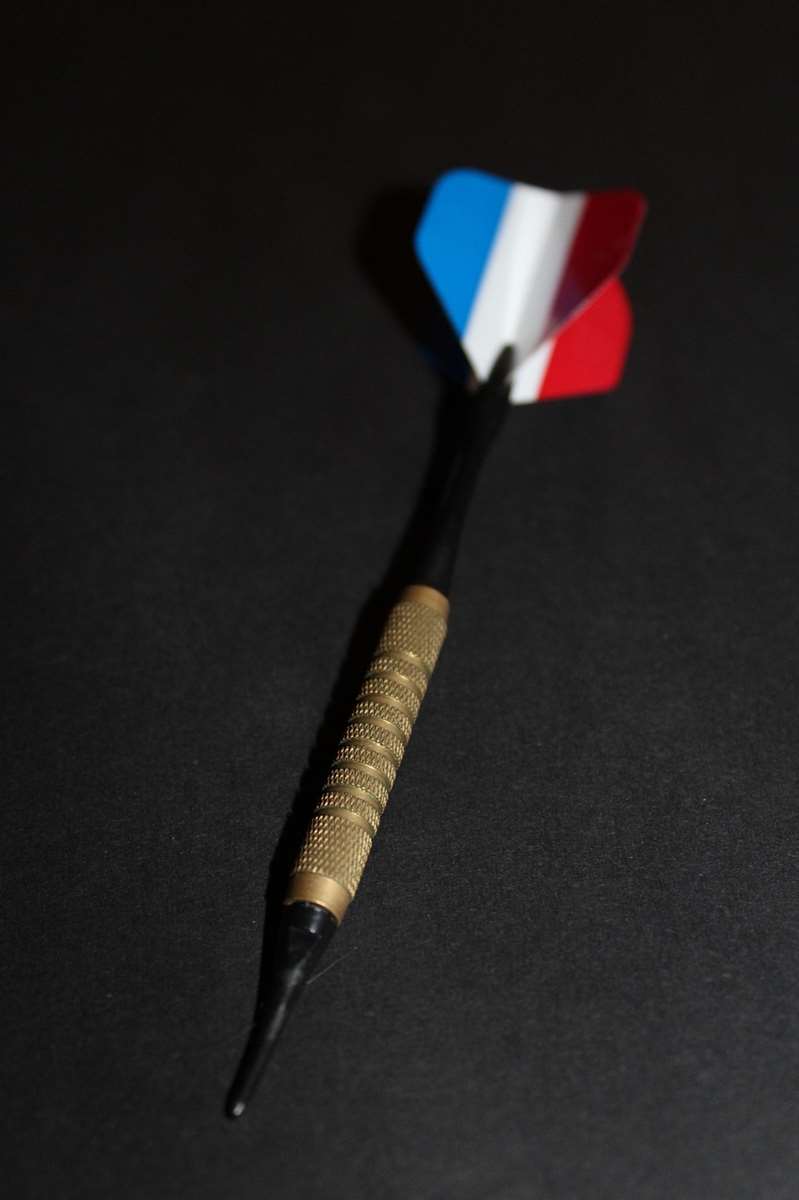
Consider exploring resources on Darts Equipment Maintenance Customization for a more in-depth understanding of dart care and customization options.
When to Replace Your Dart Shafts
Knowing when to replace your dart shafts is crucial for maintaining a consistent and high-performing game. While some slight wear and tear is expected, several signs clearly indicate it’s time for a replacement:
- Bent or Broken Shafts: This is the most obvious sign. A damaged shaft will affect your dart’s flight and accuracy.
- Loose Shafts: If your shafts no longer fit snugly onto the barrel, they will wobble and negatively impact your throwing consistency.
- Excessive Wear and Tear: Noticeable scratches, cracks, or significant wear on the shafts should prompt a replacement for optimal performance.
- Changes in Flight: If you notice changes in your dart’s flight path or trajectory, it might be a sign that your shafts are causing problems.
Remember, it is better to be proactive and replace worn-out shafts before they cause significant problems. Ignoring minor damage can compromise your game and eventually lead to more expensive repairs. Addressing these issues promptly will keep you playing at your best.
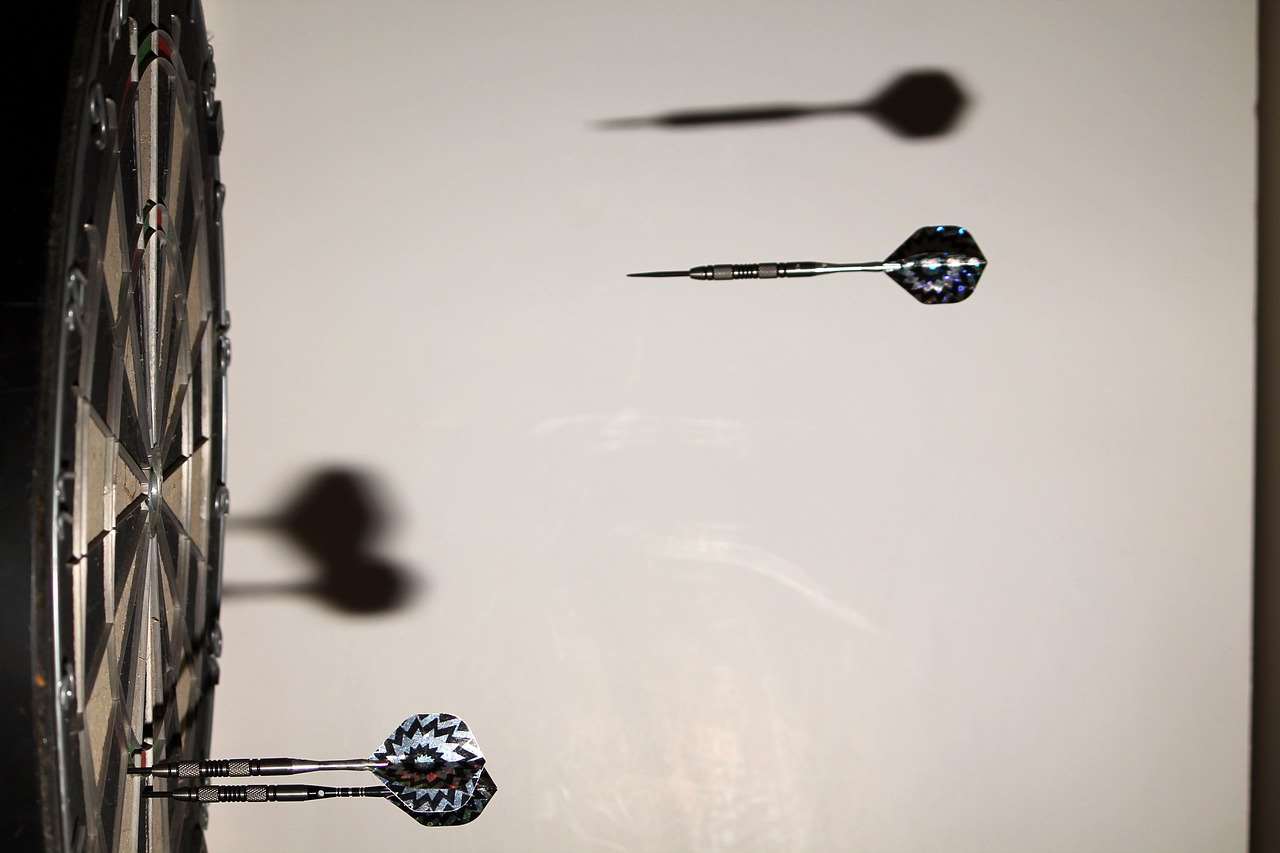
By regularly checking your shafts and promptly replacing damaged ones, you can contribute to your darts’ longevity and guarantee consistency in your throws. This leads to a more enjoyable and successful dart-playing experience. Regular maintenance pays off in terms of improved accuracy and reduced frustration.
This comprehensive guide to replacing dart shafts should help you confidently maintain your equipment. Remember that understanding the different types of shafts, knowing when to replace them, and practicing proper installation techniques will dramatically improve your game! With a little care and attention, you can ensure your darts remain in top condition for years to come. Learn more about dart equipment repair vs replacement to make informed decisions about your equipment.
Hi, I’m Dieter, and I created Dartcounter (Dartcounterapp.com). My motivation wasn’t being a darts expert – quite the opposite! When I first started playing, I loved the game but found keeping accurate scores and tracking stats difficult and distracting.
I figured I couldn’t be the only one struggling with this. So, I decided to build a solution: an easy-to-use application that everyone, no matter their experience level, could use to manage scoring effortlessly.
My goal for Dartcounter was simple: let the app handle the numbers – the scoring, the averages, the stats, even checkout suggestions – so players could focus purely on their throw and enjoying the game. It began as a way to solve my own beginner’s problem, and I’m thrilled it has grown into a helpful tool for the wider darts community.